Protests play a significant role in advocating for change
Whether fighting for environmental rights, social justice, or political change, organizing a protest requires careful planning and coordination. In this article, we will discuss the essential steps to effectively organize a protest and make your voice heard.
Choosing a Cause
The first step in organizing a protest is choosing a cause that you are passionate about. Identify the issue that you want to address and determine the goals of your protest. Research the background of the cause, understand its importance, and articulate clear demands that you want to convey through the protest.
Planning Logistics
Once you have chosen a cause, it is crucial to start planning the logistics of the protest. Decide on a date, time, and location for the event, taking into account factors such as visibility, accessibility, and legality. Obtain any necessary permits or permissions required to hold a protest in the chosen location.
Building a Team
Organizing a protest is not a one-person job. Build a team of dedicated individuals who share your passion for the cause. Delegate responsibilities such as outreach, logistics, communications, and security to different team members to ensure that all aspects of the protest are well-coordinated.
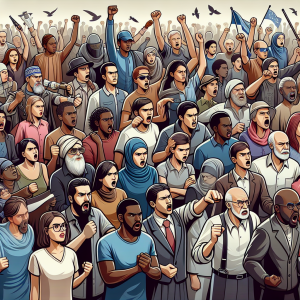
Promoting the Protest
To attract participants and generate public interest, promote your protest through various channels. Utilize social media platforms, create posters and flyers, reach out to community organizations, and engage with local media to spread the word about your protest. Clearly communicate the purpose and details of the event to mobilize support.
Ensuring Safety Measures
Safety should be a top priority when organizing a protest. Develop a safety plan that includes guidelines for peaceful demonstration, crowd management strategies, and emergency protocols. Provide volunteers with training on de-escalation techniques and crowd control to maintain a safe environment during the protest.
Holding the Protest
On the day of the protest, arrive early at the location to set up signage, designated areas, and any necessary equipment. Coordinate with volunteers to ensure that all aspects of the event are running smoothly. As participants gather, provide them with information about the protest agenda, rules of conduct, and any last-minute updates.
Dealing with Challenges
Protests may face challenges such as counter-protests, hecklers, or conflicts with law enforcement. Stay calm and composed in the face of adversity, and prioritize the safety and well-being of all participants. Have a designated point of contact for handling any unexpected situations and be prepared to adapt to changing circumstances.
In conclusion, organizing a protest requires passion, dedication, and strategic planning. By following these essential steps, you can effectively plan and execute a protest that amplifies your voice and creates a platform for social change. Remember that unity and perseverance are key to making a meaningful impact through peaceful demonstration.
Outlook on hot topics about organizing protests
The landscape of protesting is continually evolving, with new technologies and social movements shaping the way protests are organized and conducted. As we look to the future, it is essential to adapt to changing circumstances, embrace diversity and inclusivity in protests, and leverage digital tools for effective communication and mobilization. By staying informed, united, and resilient, we can continue to advocate for a more just and equitable society through the power of protest.
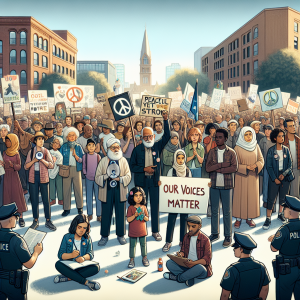
To start a rebellion that drives change, we must first recognize the power of collective action. It’s not enough for individuals to stand up against injustice; true transformation requires a unified effort from those who share common goals and values.
This means building solidarity across different groups, acknowledging their unique struggles while recognizing our shared humanity. It means educating ourselves and others about the systems that perpetuate oppression, so we can dismantle them piece by piece. And it means organizing effectively – mobilizing resources, developing strategies, and creating structures that empower people to take action without sacrificing their safety or well-being.
But most importantly…it requires courage! The courage to challenge authority even when it seems impossible; the courage to stand up for what’s right even when doing so comes at great personal cost; the courage to believe in a better future even when all hope seems lost.



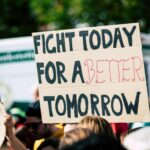

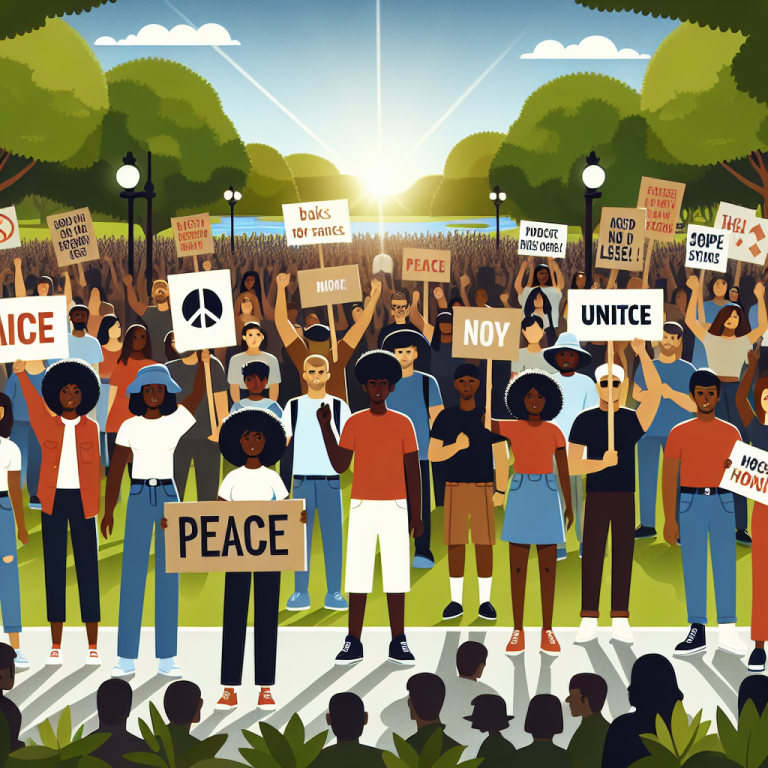

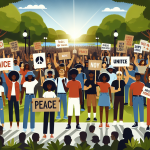
Pingback: Peaceful Protests How To Be Effective